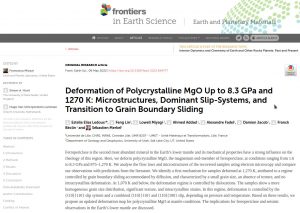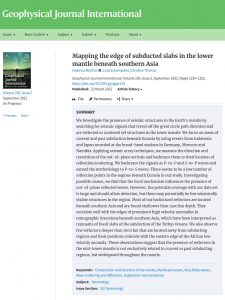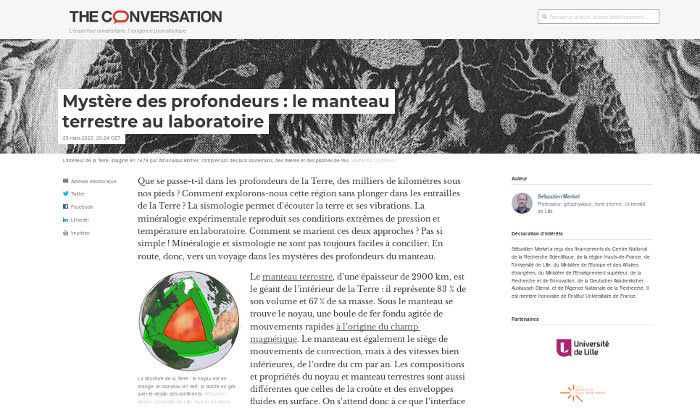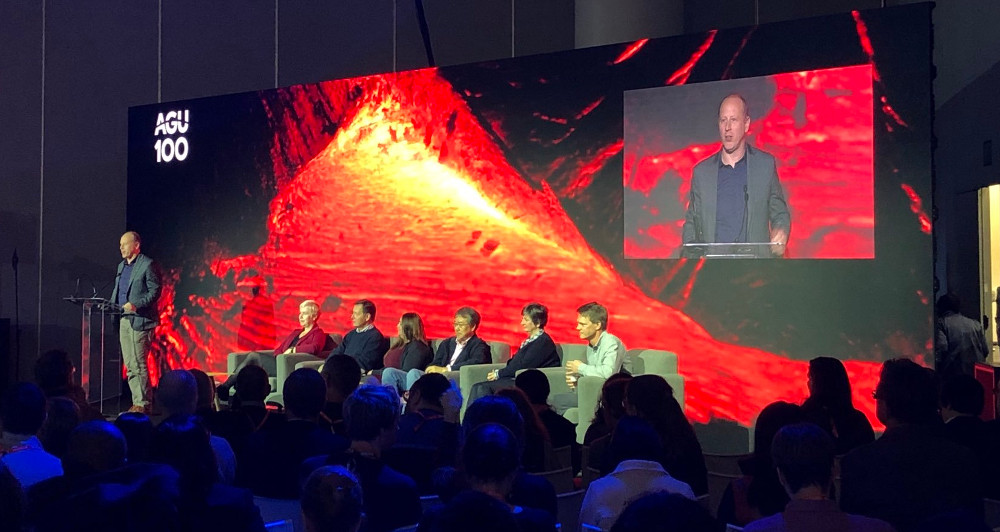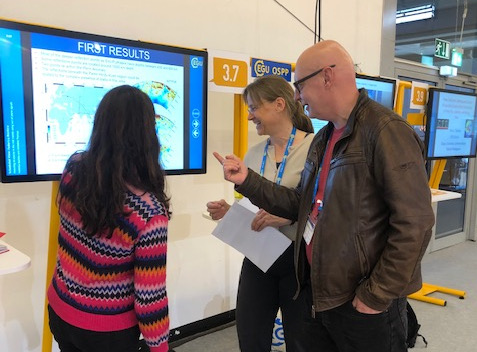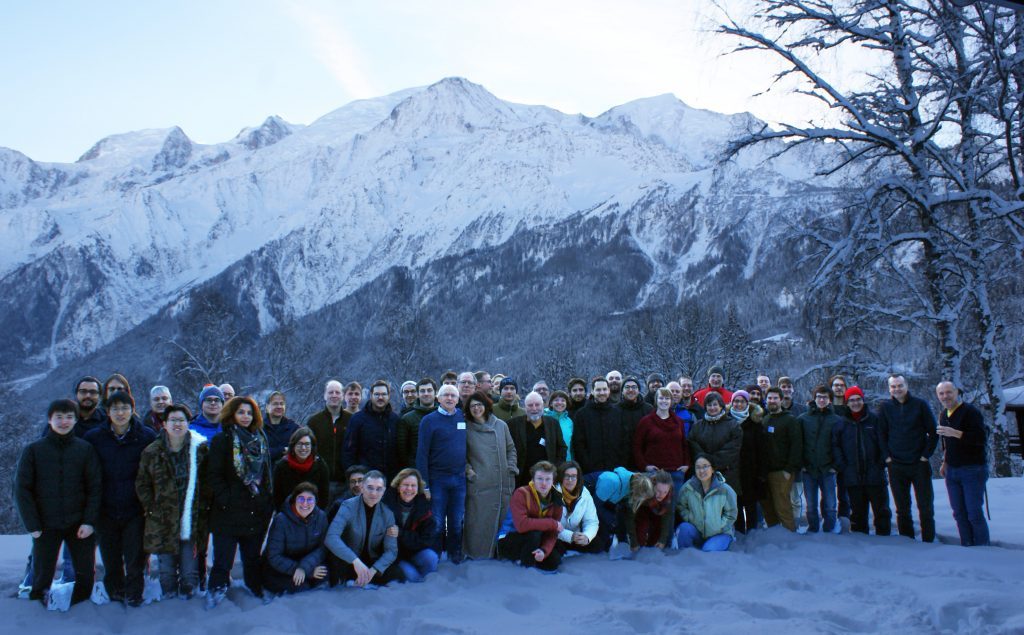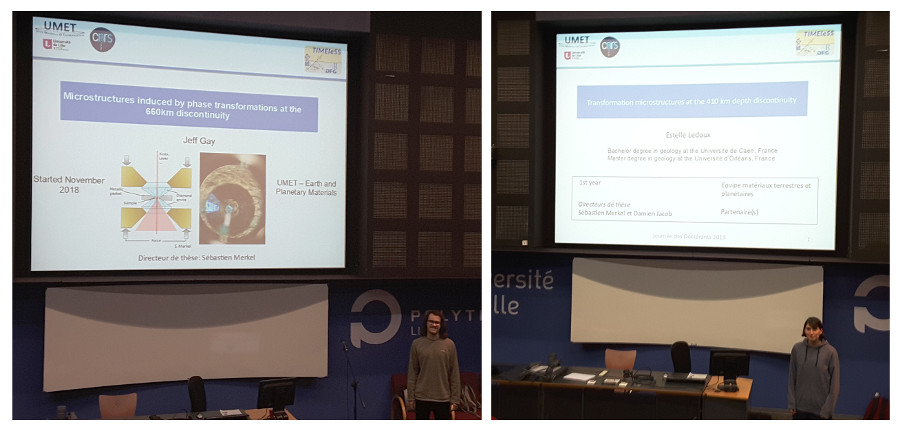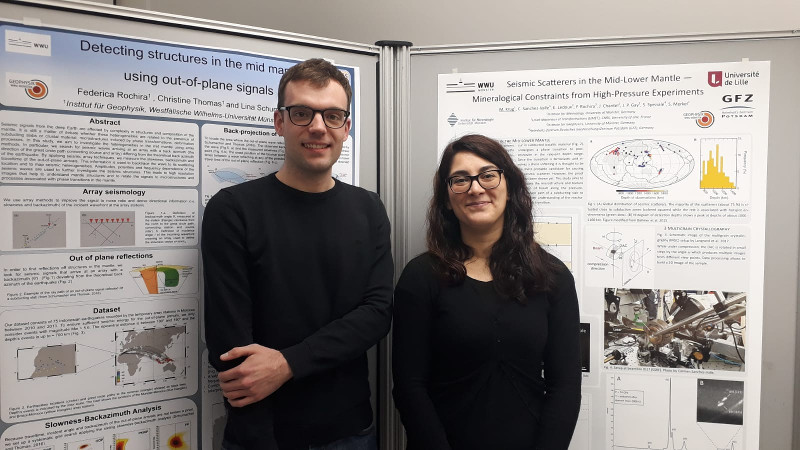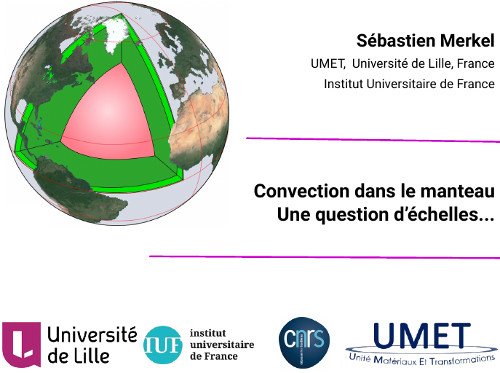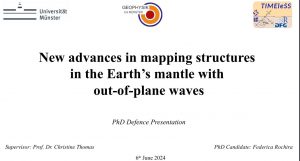 On June 6, 2024, Federic Rochira defended her thesis! She presented her work for 30 minutes, followed by 60 minutes of oral examination, in front of an international committee composed of Tine Thomas as first examiner, Sebastian Rost (University of Leeds) as second examiner, and Alexander Kappes (University of Münster) as third examiner.
On June 6, 2024, Federic Rochira defended her thesis! She presented her work for 30 minutes, followed by 60 minutes of oral examination, in front of an international committee composed of Tine Thomas as first examiner, Sebastian Rost (University of Leeds) as second examiner, and Alexander Kappes (University of Münster) as third examiner.
In her work, Federica investigated the presence of seismic structures in the Earth’s mantle and their effect on seismic wave paths, using a combination of seismic signals that are thought to travel along the predicted great circle path, between the source and the receiver, as well as signals traveling off the great circle path direction. To better constrain depth and location of mantle reflectors, she took into account directivity parameters of seismic signals, not yet widely used, as well as their traveltime.
Results show the advantages and necessity of using directivity information of seismic signals to detect regional-scale structures in the mantle associated with both subducted slabs and upwelling plumes, as well as mantle discontinuities. Ignoring the directional information, estimated location and depth of reflectors might be inaccurate and contribute to a misleading interpretation of mantle structures in terms of Earth’s dynamics and mineralogy.
She is now a Doctor of the University of Münster. Congratulations!




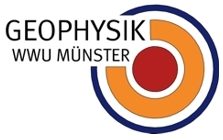

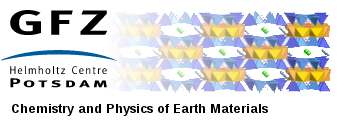
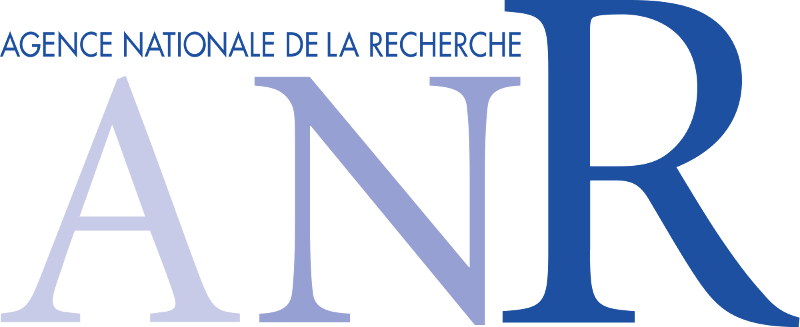


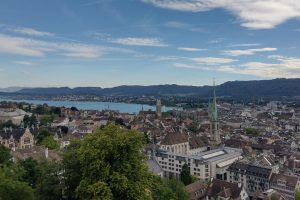 SEDI
SEDI